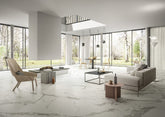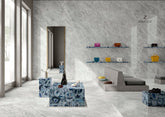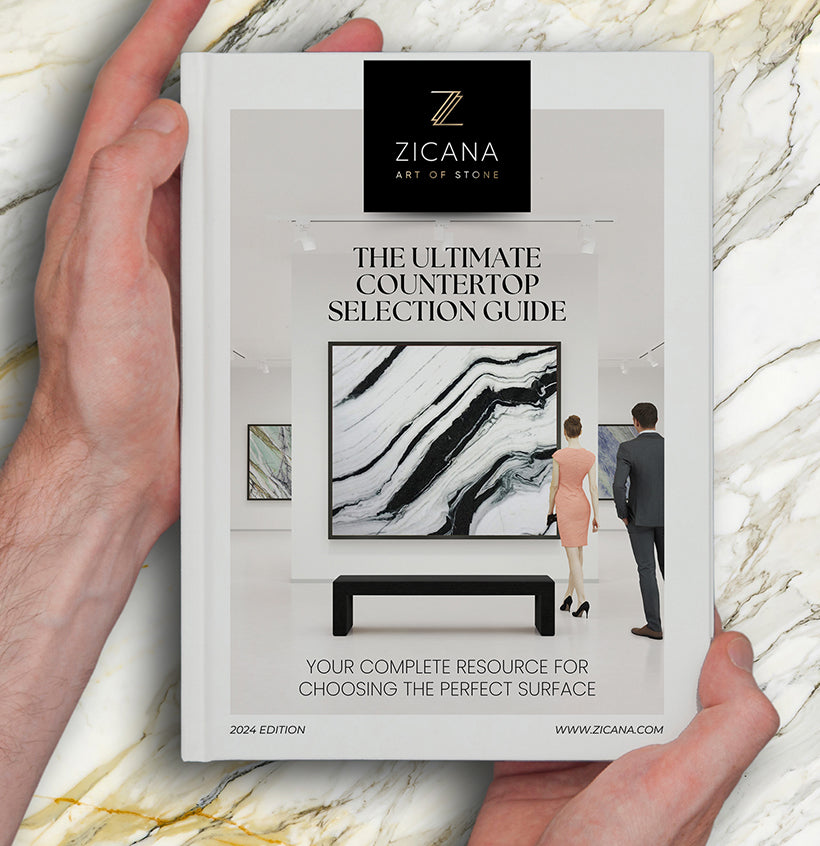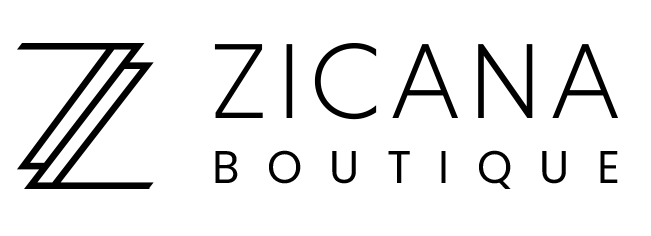Porcelain Slabs vs Indian Sandstone: Which Offers More Luxe Design Impact?
In the ever-evolving world of luxury surfaces, two materials often find themselves at the center of design debates: porcelain slabs vs Indian sandstone. For discerning homeowners as well as seasoned professionals—from architects to interior designers—the decision between these materials can significantly shape the aesthetic, functionality, and value of a space. Whether you are planning a high-concept kitchen, a serene outdoor patio, or a statement shower wall, understanding the nuanced differences is key to creating a design that resonates with timeless elegance.
Zicana Boutique, the world’s leading luxury stone portal, offers an expansive variety of both natural stone and engineered surfaces. As you navigate your design journey, we invite you to discover our Exclusive Offers Collection and take advantage of our limited-time promotion: Use Promo Code WELCOME100 for $100 off any order over $1,000.
Understanding Porcelain Slabs
Porcelain slabs are an advanced, sintered surface composed primarily of refined clay and natural minerals. Through a high-temperature firing process, the material achieves remarkable durability while maintaining a sleek, refined appearance. Known for their minimal porosity, porcelain surfaces are stain-resistant, waterproof, and UV-stable—making them well-suited for indoor and outdoor applications.
Design lovers gravitate toward porcelain for its wide range of textures, finishes, and patterns—many of which convincingly mimic marble, concrete, or metallics. At Zicana Boutique, our Porcelain Slabs Collection spans an array of high-impact aesthetics, including many exclusive styles available only through our boutique platform.
What Makes Indian Sandstone Unique?
Indian sandstone is a naturally occurring sedimentary rock sourced from quarries across India. Popular for its earthy tones and textured finishes, this stone is appreciated for its rustic beauty and tactile feel. Its natural clefts and slight variations in color—from golden ochres to cooler greys—make every installation utterly unique.
While Indian sandstone is most commonly used in outdoor landscaping and architectural elements, it can also be featured in indoor applications like fireplaces, wall cladding, and flooring. However, it is porous by nature and requires regular sealing to protect against moisture and staining, particularly in freeze-thaw climates or wet areas.
Performance Comparison: Porcelain vs Indian Sandstone
- Durability: Porcelain slabs are virtually non-porous and exceptionally resistant to scratches, staining, and UV rays. Indian sandstone, while strong, is more susceptible to weathering and staining if not regularly treated.
- Maintenance: Porcelain requires minimal upkeep—simply wipe with a damp cloth. Sandstone, on the other hand, necessitates sealing and careful cleaning with pH-neutral products.
- Application Versatility: Porcelain can transition effortlessly from kitchen surfaces to spa bathrooms and outdoor kitchens. Indian sandstone's textured surface excels in patios and pathways but may be less suitable for high-traffic interior spaces.
- Design Options: Porcelain offers a broader range of looks—from hyper-realistic stone reproductions to metallics and concrete finishes. Indian sandstone is limited to what nature can provide—though beautifully varied, these tones lean traditional and organic.
Sustainability and Longevity
Porcelain is engineered with sustainability in mind. Many manufacturers use recycled materials and create slabs that offer impressive lifecycle durability. Plus, since porcelain consumes fewer natural resources per square foot compared to quarried materials, it's a smart option for eco-conscious projects.
Indian sandstone is a natural stone and therefore biodegradable and recyclable. However, quarrying and transportation from overseas can contribute to its environmental footprint. Additionally, replacement due to surface degradation over time can limit its longevity when compared to modern porcelain products.
Where Design Meets Function: Choosing the Right Surface
So, how do you decide between porcelain slabs vs Indian sandstone? Consider your project's location, climate, and frequency of use. For spa-like bathrooms, modern kitchens, or open-air breakfast terraces, porcelain’s seamless appearance and low maintenance check off all the boxes. Explore premium porcelain textures with the Raphael Porcelain Collection, where technology and natural beauty converge.
Alternatively, if your goal is to create a rustic garden walkway, a Tuscan terrace, or a warm-toned fireplace surround, Indian sandstone’s earthy textures may give your space the organic charm you're seeking.
Still undecided? Our Made-to-Measure Custom Countertops service ensures your selected material fits your space—and your vision—perfectly.
FAQs: Porcelain Slabs vs Indian Sandstone
Is porcelain better than sandstone for kitchen countertops?
Yes, porcelain is generally preferred for kitchen countertops due to its non-porous nature, resistance to high temperatures, and easy cleaning. Indian sandstone, while beautiful, is less practical in food prep areas due to its porous surface and maintenance requirements.
Can porcelain slabs be used outdoors like Indian sandstone?
Absolutely. Many high-performance porcelain slabs are UV-stable and frost-resistant, making them ideal for exterior façades, patios, and outdoor kitchens—often outperforming sandstone in longevity and maintenance ease.
Does Indian sandstone fade over time?
Like many natural stones, Indian sandstone may weather or slightly fade when exposed to the elements over time, especially if not sealed. Many homeowners appreciate this natural aging, although sealing can preserve color integrity.
Are there more design possibilities with porcelain than with sandstone?
Yes. Porcelain offers far more design flexibility, including finishes that mimic marble, wood, or concrete. Indian sandstone’s design options are limited to its natural color palette and textures.
Elevate Your Vision with Zicana Boutique
Whether your aesthetic leans toward organic warmth or modern minimalism, selecting the right surface sets the stage for exceptional results. At Zicana Boutique, we invite you to browse our luxury Porcelain Slabs Collection and complementing materials like our Quartzite Slabs Collection for bolder interiors.
To elevate your next project and experience premium service, take advantage of our exclusive savings: Use Promo Code WELCOME100 for $100 off any order over $1,000. The world of luxury design begins with premium surfaces—and it begins at Zicana Boutique.



















